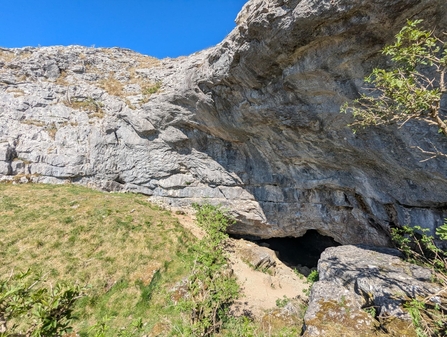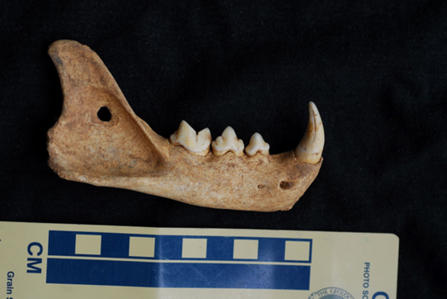Bones are a key source of information about the past. A single bone (if complete) can often tell us the species it came from, the age and size of the animal, and whether it had any injuries or illnesses. We can even use lab techniques to reveal the animal’s sex, ancestry and diet. These techniques include extracting and analysing ancient DNA, studying ancient proteins (known as paleoproteomics) and using stable isotope analysis.
Lynx bones have been found in 32 cave sites, showing that they once lived in England, Ireland, Scotland and Wales. We tend to find their bones in limestone caves. This doesn’t mean that the animals only lived in these areas, or that that’s what they preferred – bones just preserve well in caves, so we’re more likely to find them there.
Their bones are never abundant – most sites only have one or two – but some have almost complete skeletons. These are likely to be animals that died in places that were difficult for other cave dwellers and scavengers to reach. Otherwise, the bones would have been scattered and many would have been lost. The most likely explanation for these is that they represent lynx that were exploring and became trapped and died, leaving their skeletons to be found by cavers and archaeologists hundreds to thousands of years later. This is tragic for those lynx, but brilliant evidence for archaeologists who are now trying to piece together their lives and stories.


